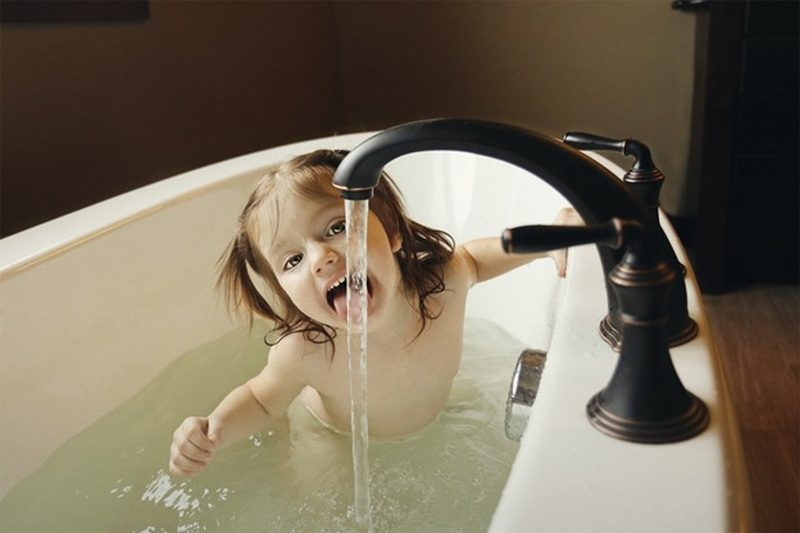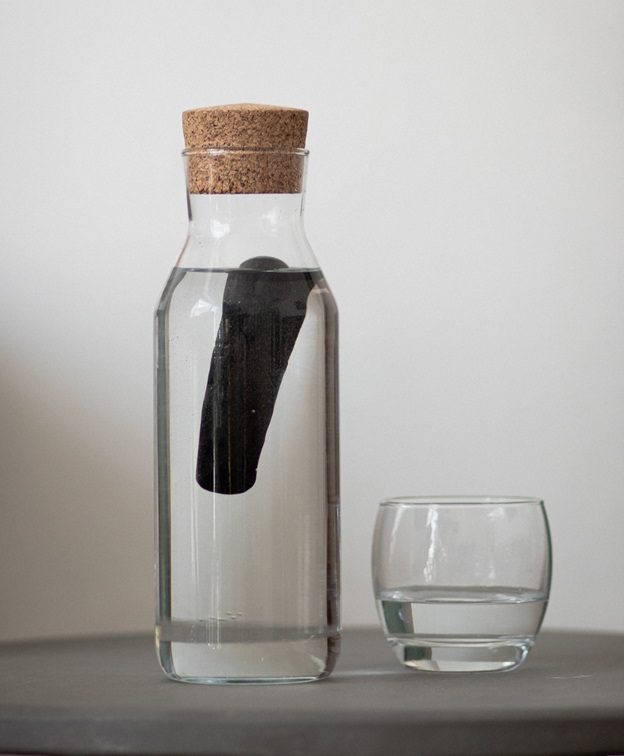Last Updated on October 30, 2025 by teamobn
As we’ve learned from Flint and other disasters around the world, ensuring you actually have clean drinking water you can trust can be incredibly difficult.
For instance, how do you address lead removal in your drinking water when it’s the pipes and fixtures in your home that are causing the problem? Do you need to renew the entire plumbing system?
Maybe not! Let’s look at a few common strategies.
Contents
Why remove lead from water?
In the past, we didn’t always know the dangers of lead, which is why it was often used in old paints or in old pipes. We know now, however, that lead is a dangerous neurotoxin, linked to brain disorders and damage to kidneys and red blood cells.
We know now, however, that lead is a dangerous neurotoxin, linked to brain disorders and damage to kidneys and red blood cells. Lead also delays, impedes, and disrupts child development, with dangerous side effects including reduced intelligence and behavioral problems — underscoring the importance of water quality for your family’s health.
Lead also delays, impedes, and disrupts child development, with dangerous side effects including:
- Delayed physical development
- Cognitive impairment, including reduced intelligence, attention disorders, and behavioral problems
- Increased cancer risk, both in childhood and adulthood

Where does lead in water come from?
It is quite likely that there are numerous potential sources of lead in your water supply. For instance, old pipes may leach lead, as lead was often used as a pipe-building material. In particular, lead soldering was frequently used in copper pipe joints, and pipes in homes built before 1986 may actually contain lead in the pipes themselves.
And because so many cities’ infrastructure is aging and budgets cannot keep up, it may be years before your local pipes are updated or replaced. As a result, the burden of removing lead and other heavy metals from your water may fall on you.
Common water filtration strategies for lead removal
Lead accumulates in your water the longer it sits, just as hot water dissolves more lead than cold water. So if water has been sitting in your pipes, you may want to run the tap for a minute or two first to help flush out the pipe—preferably with cold water, so you’re less likely to pick up more lead in the water on its way to you.
But flushing your pipes every time you use them wastes a lot and it takes time. Hence, here’s a remedy: water filtration. Yes, lead can be removed from the water to below detectable levels with the help of a filtration system
The following are some of the most common and effective types of lead water filters or purification methods:
- Reverse osmosis filtration. With several layers of filters and a semi-permeable membrane, reverse osmosis filtration is of one the best ways to filter out contaminants and impurities—including heavy metals such as lead. They’re also relatively easy to clean.
- Carbon filters. Whether activated carbon, carbon block, or charcoal water filter—regardless the name you use—carbon filters are great because carbon acts as a magnet for impurities. They’re also often used in combination with another filter (most commonly reverse osmosis or UV filtration). They also last longer when filtering out hard metals like lead than some other filters.

- Boiling or Distillation. While boiling will kill bacteria or microorganisms, in order to filter out heavy metals like lead, you’ll need to go a step further, with distillation.
NSF International Standard 53 certifications
Additionally, when you’re looking at filters for getting lead out of your drink water, you might want to look at different certification standards. For our part, we recommend a filter with at least NSF International Standard 53 or better.
What is an NSF International Standard 53 certification? NSF/ANSI 53 certified filters are certified to reduce water pollutants with health effects, as defined by the U.S. Environmental Protection Agency.
Many carbon filters, for instance, are NSF/ANSI 53 certified. To get certified, a filter must be able to reduce the amount of lead dissolved in the water below 15 ppb, which is the legal limit set by the EPA.
Whole house filters, shower filters, under the sink filters
Filter pitchers and faucet-mount filters aren’t your only choices when it comes to lead filtration. There are also whole house filters, shower filters, and under the sink filters, each of which works in a slightly different way. Let’s take a brief look, so you have a better sense of some of your options.
Whole house filters are exactly what they sound like: Filters for your whole home. Also known as point-of-entry filters, these filters work by filtering your water where it first reaches your home, thus purifying all of the water before it even enters your home’s pipes. In this category, the best lead water filter is the iSpring WGB32B-PB 3-Stage system, which utilizes a FCRC25B element to filter out lead to below the current EPA standard. Additionally, the filter cartridge has an advertised filtration capacity of 150,000 gallons and removes other heavy metals as well, including cadmium, mercury, nickel, manganese, and more.
Shower filters are a bit more specialized, as they’re designed to work with your showerhead. Most people don’t’ think about the quality of the water as they’re showering, but some people do—and with good reason, as most people prefer hot showers and hot water does a better job of carrying lead from your pipes. We recommend the AquaBliss SF220, which installs quite readily and does a great job of filtering out lead.
Under the sink filters use carbon and other filtration methods. Our favorites are:
- Aquasana AQ-5300 or 5300+ Max Flow. While neither model has particularly high flow rates, the reward for your patience is exceptional filtration. Multi-stage systems, both filters have numerous NSF certifications and come with a 90-day satisfaction guarantee, so you have a couple of months to decide whether or not you like the system. We’re guessing you will.
- Culligan US-EZ-3 and US-EZ-4. Both of these Culligan under the sink water filters come with a 2-year limited warranty and offer NSF 53 certification, which is good for 99% lead reduction. An added bonus is the ease with which filters can be replaced, as a twist on/twist off system means you don’t have to turn your water off to swap out filters. This may not seem like a big perk, but after you’ve replaced a few filters on a different system you’ll better appreciate just how much time and effort this can save you.
- Woder 10K-Gen3. A top choice as it provides 99.9% lead reduction, filters out numerous other heavy metals, and offers easy installation (less than 10 minutes for most users). As an added bonus, Woder offers a full satisfaction guarantee on the 10K-Gen 3.
Refrigerator filters are a final option for some homes, though reviewing them gets a little more complicated. You are pretty much bound by your fridge model.
Final verdict
Removing the lead from your water system at home offers a health boost. Also, it increases the value of your home by providing a solution to a pressing issue that is much more affordable than renewing your entire plumbing system.






